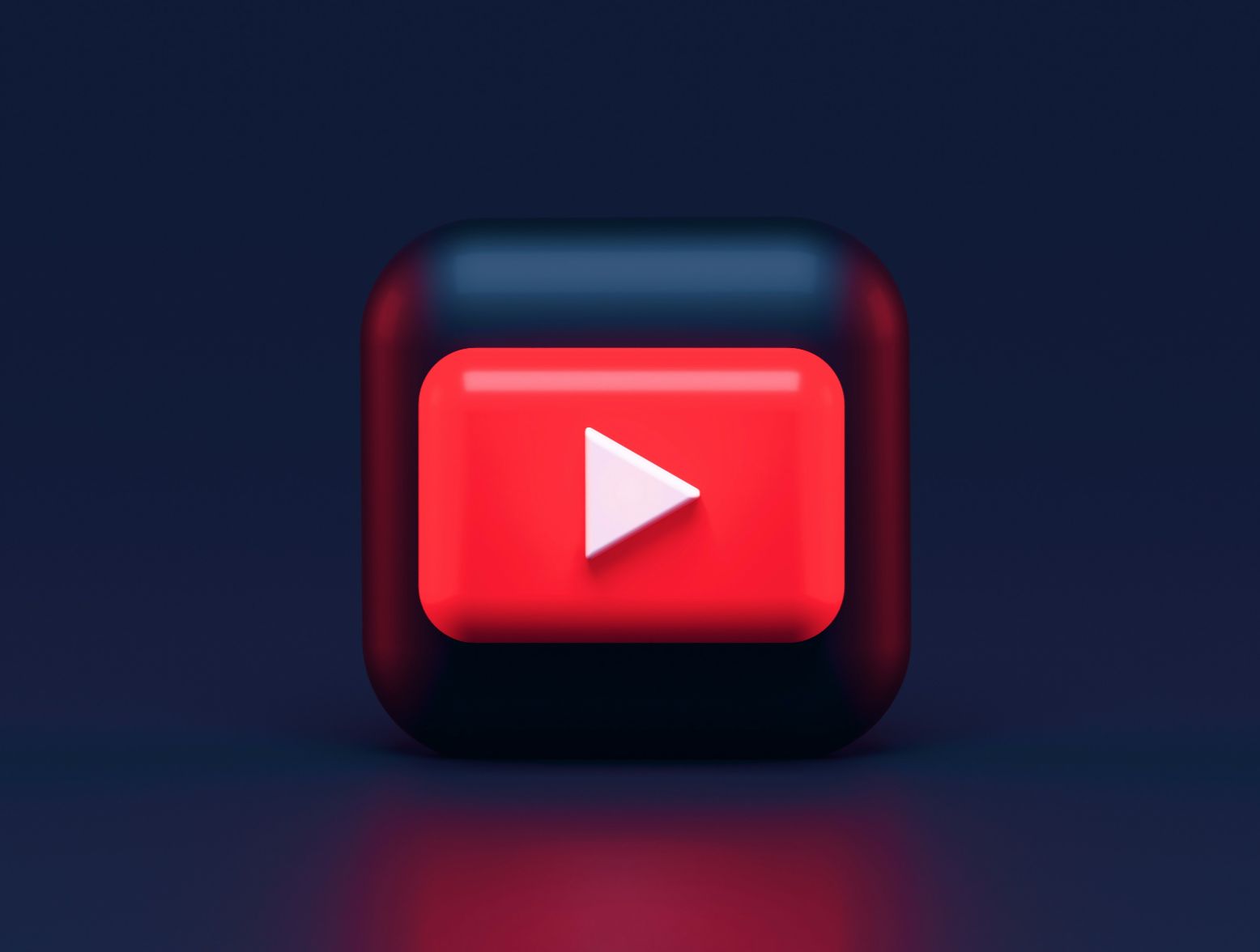Millions of YouTube TV subscribers were left clutching their remotes, and their patience, after ESPN and ABC abruptly vanished from the platform late last month, sparking outrage, memes, and a lot of “are you kidding me?” moments across social media.
The blackout, which began Oct. 30, came as YouTube TV and Disney wrestled over a new carriage agreement. Translation: two massive media companies are fighting about money again, and fans are stuck in the middle with no Monday Night Football or “The Bachelor.”
At first, subscribers thought it might be a glitch, maybe a tech hiccup, maybe Mercury was in retrograde. But when the channels didn’t return after a few hours, the reality sank in: Disney had pulled its networks, including fan favorites ESPN and ABC, from YouTube TV. And viewers? They were not having it.
YouTube TV’s “Dear Disney” Letter
A few days later, YouTube TV attempted a bold PR move, publicly releasing a letter it sent to Disney, practically begging to bring ESPN and ABC back, even temporarily, while negotiations continued.
“To truly achieve what is best for our mutual customers, we propose immediately restoring the Disney channels that our customers watch: ABC and the ESPN networks,” YouTube TV wrote in the letter, dated Nov. 3. “If you agree with our proposal, we can get these channels live in hours.”
That line, “in hours,” had fans briefly hopeful that football and primetime dramas would soon reappear in their channel lineup. But spoiler alert: as of more than a week later, those channels are still MIA.
So what happened? Some analysts believe YouTube TV’s public plea was a strategy to win back viewer sympathy while putting pressure on Disney to compromise. Others saw it as a desperate move that weakened YouTube TV’s negotiating leverage. Either way, it seems Disney didn’t take the bait.
Adding to the confusion, YouTube TV also mentioned that Disney could “continue to livestream news on the ABC News YouTube page,” which boasts 19.2 million subscribers. A nice thought, except that’s not exactly a solution for fans missing live sports, local news, and “Dancing With the Stars.”
The Blame Game
This isn’t the first time Disney has gone toe-to-toe with a distributor, and YouTube TV made sure to remind everyone of that fact. The company’s letter accused Disney of “resorting to the same tactics” it’s used in past carriage disputes. Translation: “They’ve done this before, and we’re not the problem here.”
Disney, for its part, hasn’t said much publicly beyond the usual corporate speak about “working diligently toward an agreement.” In other words, don’t hold your breath.
Meanwhile, viewers are growing restless, and ready to jump ship.
According to a recent survey by market research firm Drive Research, about 24% of YouTube TV subscribers say they’ve either canceled or plan to cancel their subscriptions because of the blackout, according to research from Variety. The reason? The service “no longer delivers the core content they signed up for.”
Viewers Explore Their Options
Sports fans, in particular, aren’t sitting idly by. Around 30% of those surveyed said they’ve already subscribed, or plan to subscribe, to other services like ESPN+ or Hulu + Live TV. Considering that Hulu + Live TV also happens to be owned by Disney, that means some subscribers are leaving YouTube TV, only to end up right back in Disney’s digital arms.
Call it poetic irony or a masterclass in corporate strategy, either way, it’s working.
And with Monday Night Football looming each week, the pressure is mounting for YouTube TV to fix things fast. If fans miss a second consecutive week of live NFL action, YouTube TV could be facing a subscriber meltdown of epic proportions.
The $20 Peace Offering
In an apparent attempt to soothe subscriber frustration, YouTube TV is reportedly preparing to offer affected customers a $20 credit if the dispute drags on, according to The New York Times.
While it’s a nice gesture, it’s not exactly a touchdown. For many viewers, no amount of credit can make up for losing access to live sports and local broadcasts, especially during football season.
Still, the offer suggests YouTube TV knows it’s in a precarious position. The service, which has built its reputation on convenience and comprehensive channel options, suddenly looks a little less appealing without Disney’s powerhouse lineup.
Corporate Chess and Customer Fatigue
This kind of blackout drama isn’t new, it’s practically a streaming tradition at this point. But this particular standoff feels different, partly because both companies are battling for dominance in a rapidly evolving entertainment landscape.
Disney, with its sprawling empire of sports, news, and entertainment networks, has long held the upper hand in carriage talks. YouTube TV, meanwhile, has carved out a loyal audience by promising simplicity and transparency, two things that vanish the minute viewers lose their favorite channels without warning.
What Happens Next?
At this point, both companies have made their cases, and the ball is firmly in Disney’s court. YouTube TV has offered to restore ESPN and ABC immediately, but Disney hasn’t taken the deal. Whether that’s because of financial disagreements or corporate pride is anyone’s guess.
Insiders say the negotiations are ongoing, but neither side is close to a final agreement. And with no end in sight, viewers are left wondering whether to wait it out or switch services before the next big game.
If the two sides can’t strike a deal soon, YouTube TV risks losing a sizable chunk of its subscriber base, and Disney risks alienating fans tired of seeing their favorite channels held hostage in contract disputes.
This blackout is just the latest reminder of how fragile streaming convenience really is. The future of TV might be online, but the old-school cable headaches are still very much alive, they just come with better interfaces and higher price tags.
